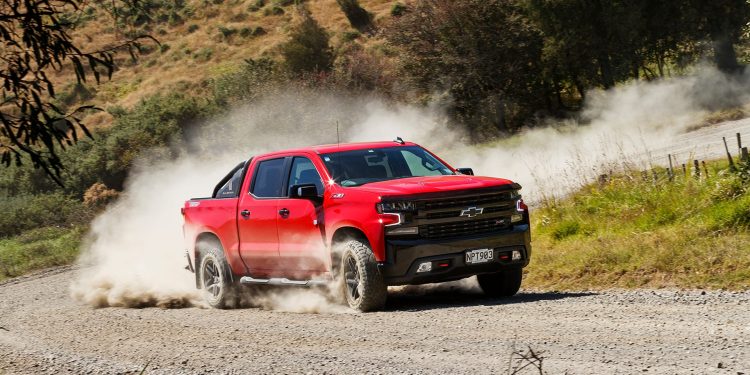2021 Chevrolet Silverado 1500 LT Trail Boss review
Words: Kyle Cassidy | Photos: Tom Gasnier
Feel your life is lacking in ‘freedom’? Take to the trails in this Boss, Chevrolet’s answer for those seeking liberty.
“Why is this car so big Daddy?” our four-year-old asked. That’s the way the Americans like ’em, I said. “I can’t even open the door, this is so stupid.” And right she was, the Chevrolet Silverado Trail Boss is not the best vehicle for the kindy pick up, obstructing others in the tight confines of the car park (would be perfect in protest blockades but).
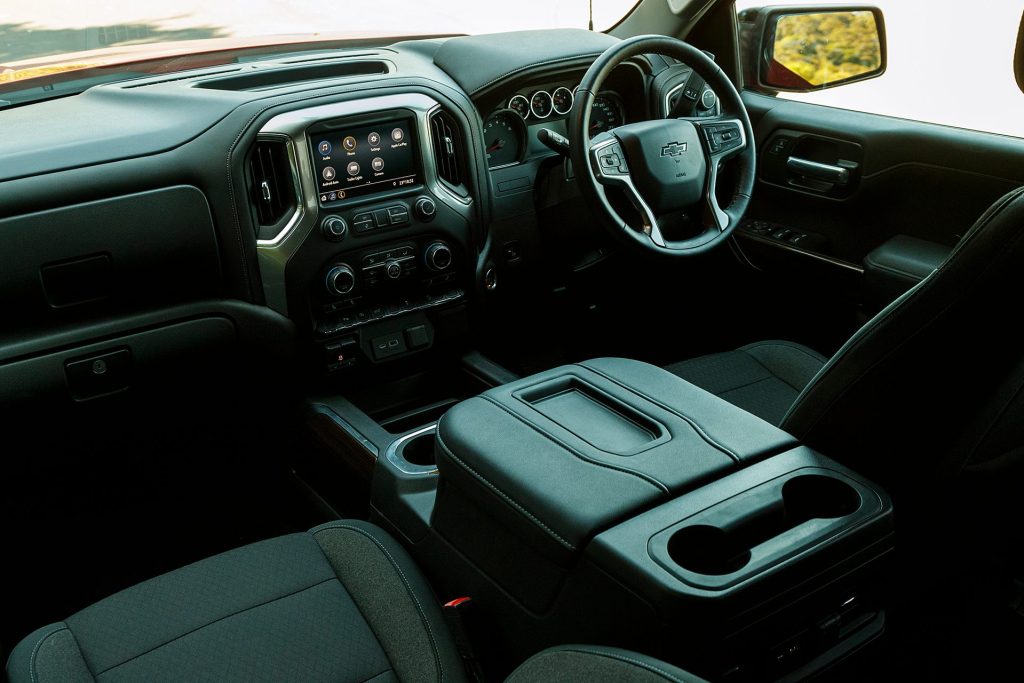
And yet in its native ’Murica, the land of freedom and conspiracy theories, many kids would be dropped off in a full-size pick-up, and these have topped the best sellers lists for years. Ford’s F-series has led the way for 40 straight years and, for the past few decades, it’s usually Chevrolet’s Silverado or the Ram in second or third place. How many of these trucks do they sell in the US? In 2021, Ford moved 726,000 F-series, Ram sold 570,000 trucks and the Silverado ticked up 520,000. That’s a lot of heavy metal rumbling around.
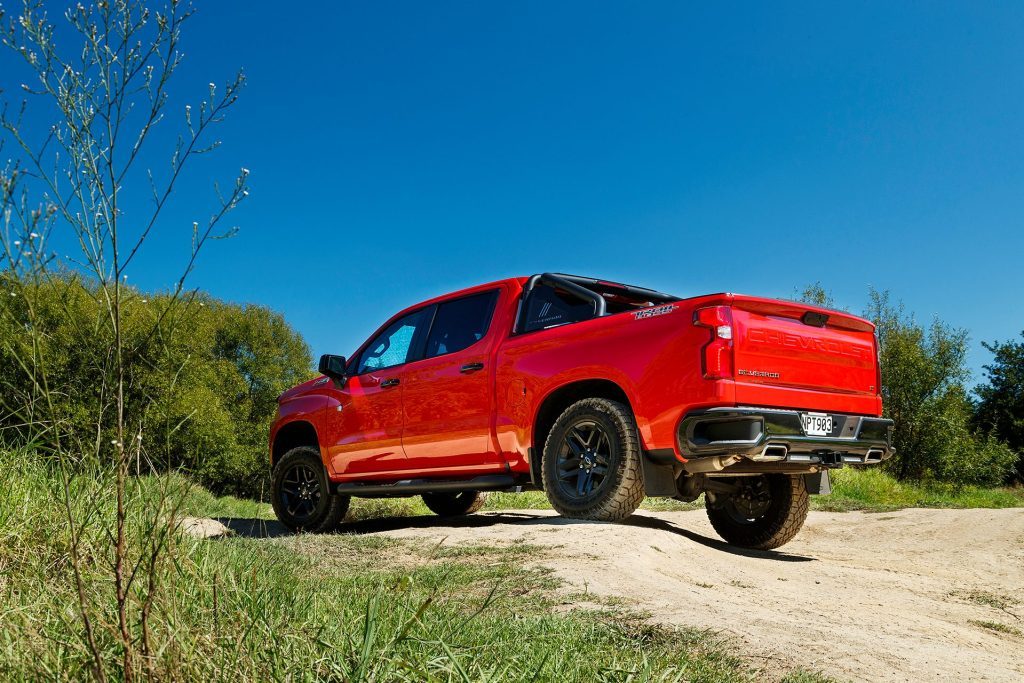
Down here, these mammoth rigs have a much smaller following, due to their pricing. They have always been expensive given the small volumes and the requirement to have them converted. In the past, this has been performed ably by small local enterprises but with the restructuring of the Walkinshaw Group business to concentrate on ‘re-engineering’ Ram and Chevrolet trucks for consumption down under, the game has moved on. These conversions are top notch, many parts remade to suit RHD, and it’s all but impossible to tell these originally left the factory with the steering wheel on the other side of the cab. But building a truck twice costs, hence the lofty price. Raising it further, the trucks offered here are usually top models with many optional extras included as standard.
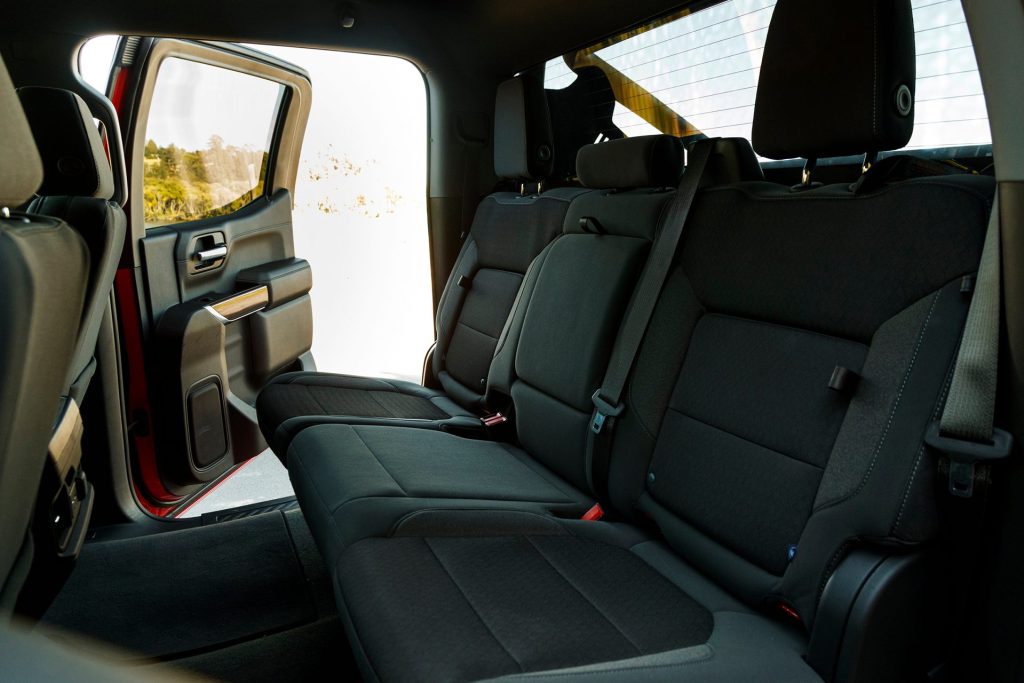
We reviewed the Silverado LTZ last year, and now we are in the Trail Boss, which wears an LT badge. Dropping the Z means it misses out on the extra trimmings. For instance, there are cloth seats, and fewer safety tech gizmos (no active cruise/AEB or the handy 360-degree camera) and cabin comforts. There’s a lot less chrome, all the bling being blacked out, and in place of the 20-inch rims, there are 18s with chunky Mud-Terrain Goodyear Wranglers. Like the LTZ, it has the Z71 option, being the off-road suspension with Rancho shockers and a switchable 4×4 drivetrain with an auto locking rear diff, but the Trail Boss gets monotube shockers and a factory lift kit to ramp up ground clearance from the LTZ’s 235mm to 260mm. The lift sees its approach and rampover angles improve too.
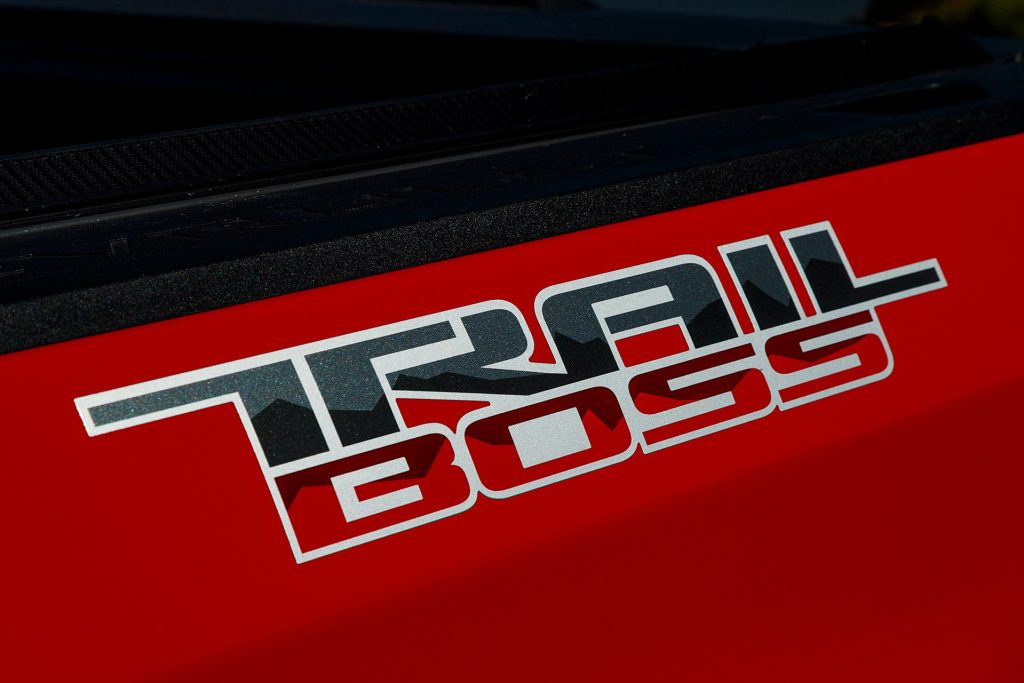
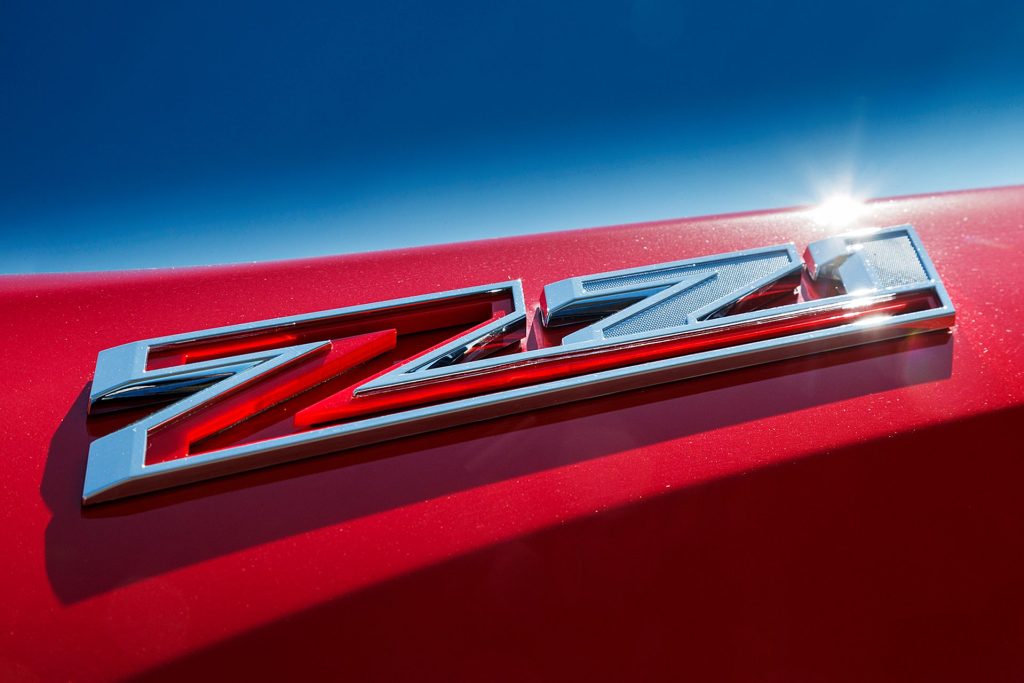
Mechanically it’s the same, with the 313kW/624Nm 6.2-litre V8 and a ten-speed auto but the price is $11k cheaper at $119,990. Both Silverado models will soon be stung with the maximum $5175 Clean Car fee.
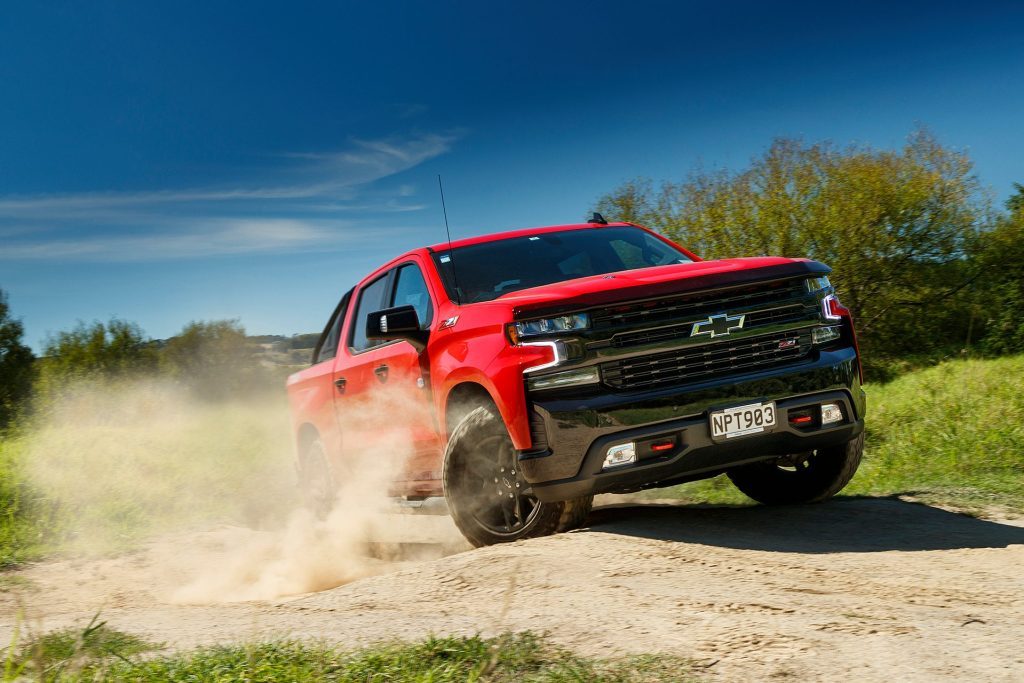
The 6.2 is tuned for truck life with bulk torque low down. It stretches out to 5800rpm, just, but the long stroke design prefers lugging to racing. The V8 has the usual small block rumble with the throttle pinned but is otherwise quite subdued. Its ten-speed shifts with a smoothness more associated with a luxo barge than a pick-up. It slips through its many ratios quickly, relieving the engine of hard work and so it’s often mooching about under the 2000rpm mark. The smart auto, along with cylinder deactivation (and idle stop), helps keep fuel use in check. It’s still bad, but not horrendous. Officially it’s rated at 12.8L/100km, but 16L/100km is what you should expect, and plenty more if you tow. A 91L tank gives a decent enough range.
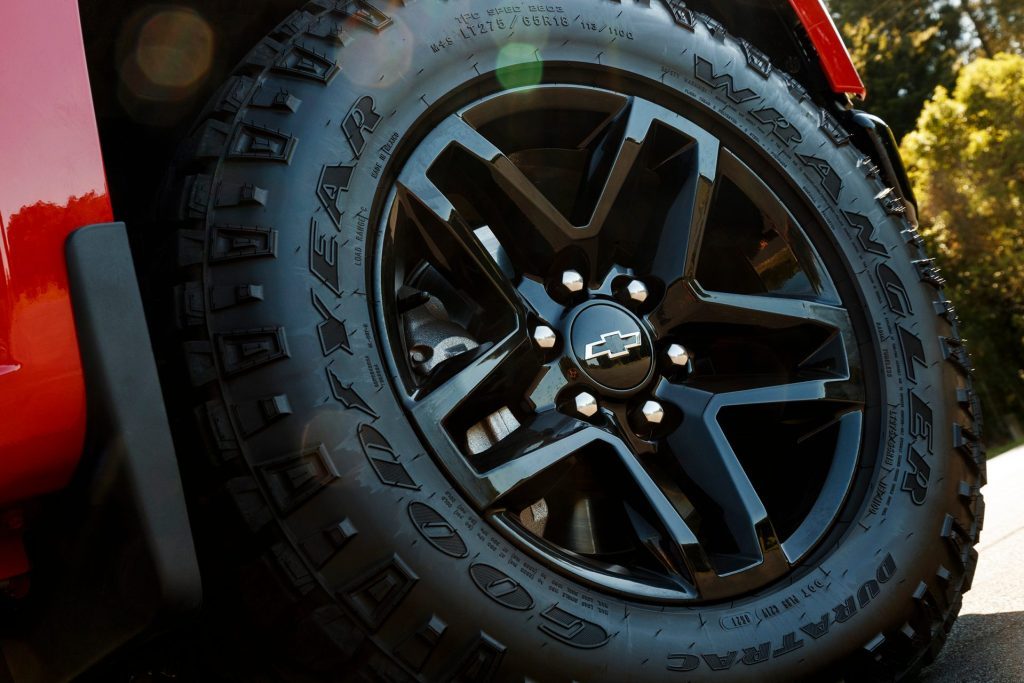
The ride quality is fairly sorted, not as plush as the rival Ram 1500 on air springs, but cushier than most of the smaller utes we are more accustomed to. The mud tyres do hum, not annoyingly so, but are audible above the V8 rumble when cruising. Bet you’re thinking the steering is overly assisted and vague but there’s a touch of feel at the wheel and positive assistance. While the steering is a little slow, the Boss does turn willingly. The wide tracks and long wheelbase plant this on the move. Goodyear Wranglers work well on road, to a point. Push too hard and those big tread blocks get noisy, an audible warning that you’re approaching the limits of adhesion. The brakes need a firm push to really work and, as with most big American rigs, they struggle to haul the truck up swiftly, with the braking distance from 100km/h stretching out past 42m.
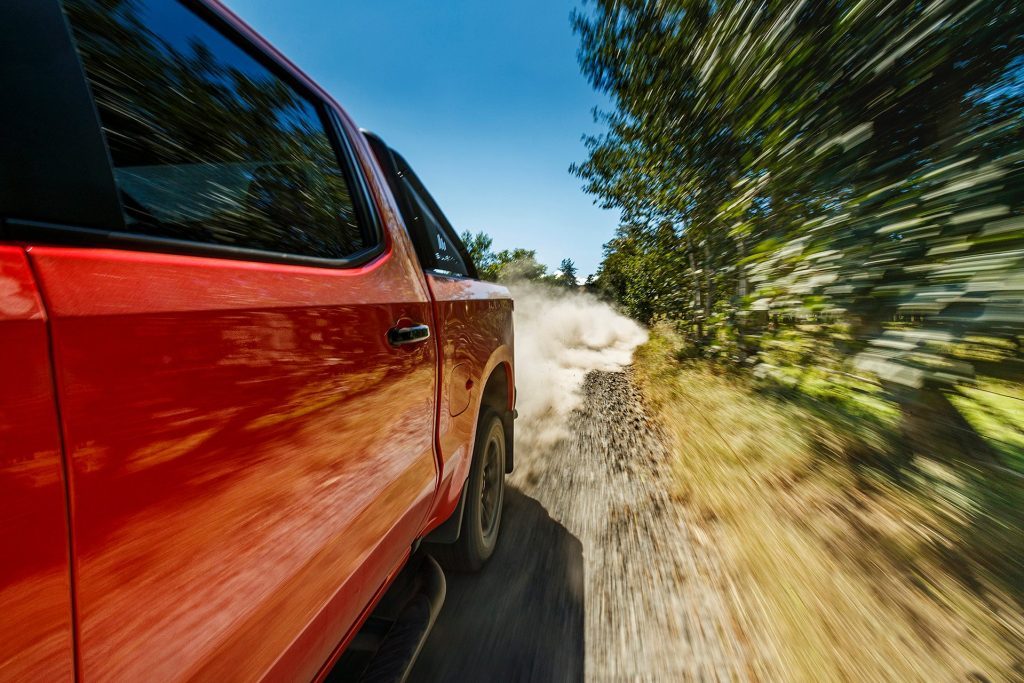
The 4×4 system has an on-demand setting, which is where you leave it, the front diff getting torque when it’s needed. On gravel, this quells the wheelspin and diff-hop under power, and then this romps along. Even with its lift kit, we thought this would have clearance issues when traversing lumpier terrain yet it didn’t touch down during our (limited) time off-road.
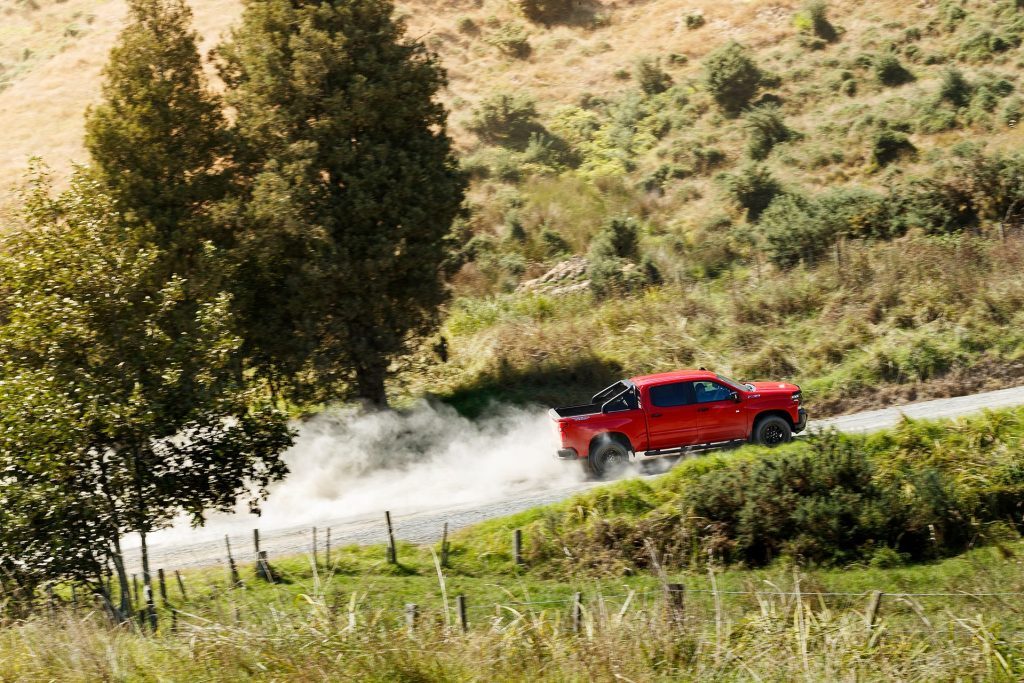
The 4×4 auto mode was caught out a few times, the transfer of drive to all fours is not quite as seamless and timely as it should be. And so the 4Hi mode is better suited, though you then get binding of the driveline on the tighter turns. Ultimately, it’s the weight and gargantuan size that handicap it both on- and off-road.
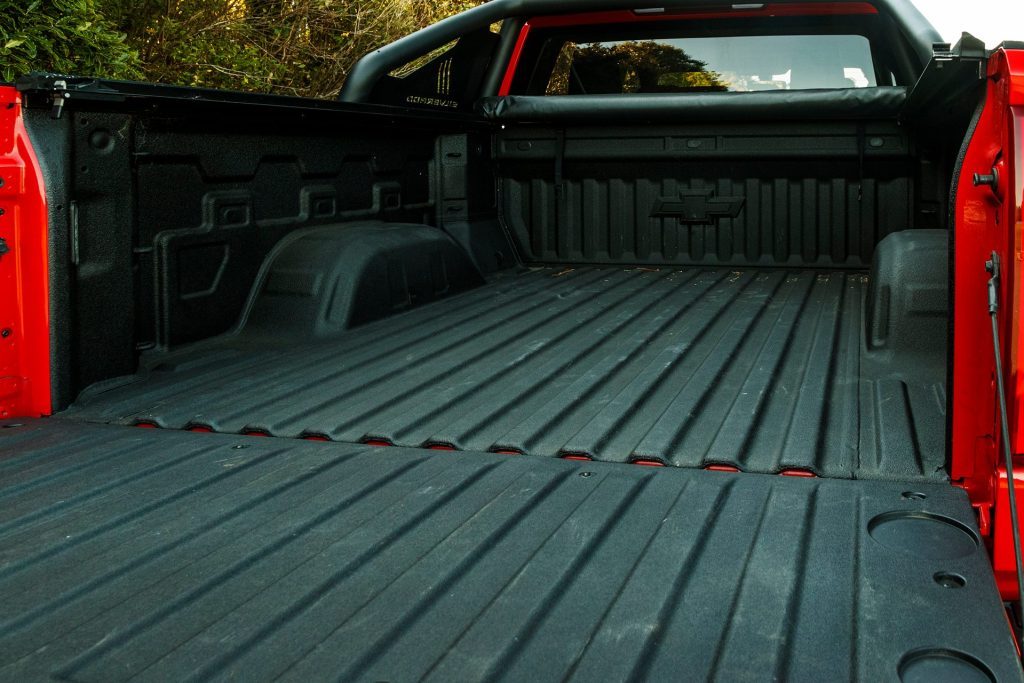
You get used to the dimensions in traffic, it’s not utterly unwieldy, but the turning circle is impractical for inner city dwelling and most car parks are no-go zones. It’s more suited to country life, owners needing an expansive driveway/garaging and they will surely have something large to tow. While the LTZ can haul a max of 4500kg (with the 70mm tow ball), the Tail Boss is down some, with a 4260kg rating. Though equipped with a large tray (the foot step in the bumper is a handy addition considering the ground clearance), the payload is meek at just 752kg. The big tailgate drops softly, and can be opened remotely. A helper spring makes raising it easy too.
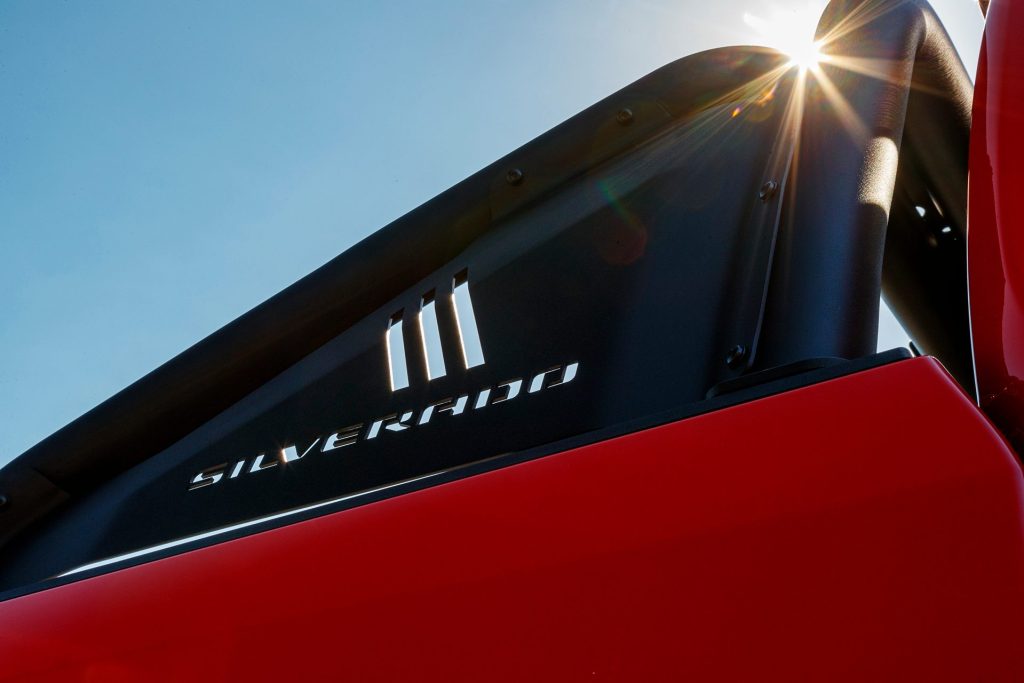
The cabin of these trucks is expansive (but adds weight, hence the payload figure), the rear quarters a fit for three with plenty of leg room. Up front it’s a trucker’s life; a big chair in a command driving position. It’s typical GM fare inside, a mix of soft and hard surfaces, but is generally well put together, and there’s storage aplenty. The infotainment is basic (you’ll need to plug your phone in for nav), as is the back-up camera. An around-view system is sorely needed; you can’t see much over the massive bonnet (front parking sensors help) while the wing mirrors would be more helpful if they were at least twice the size. There are a range of accessories for the Silverado via GMSV, including the usual tow bars and tonneau covers ($1700 for the soft, roll-up one fitted here) while this also dons a sports bar ($4000).
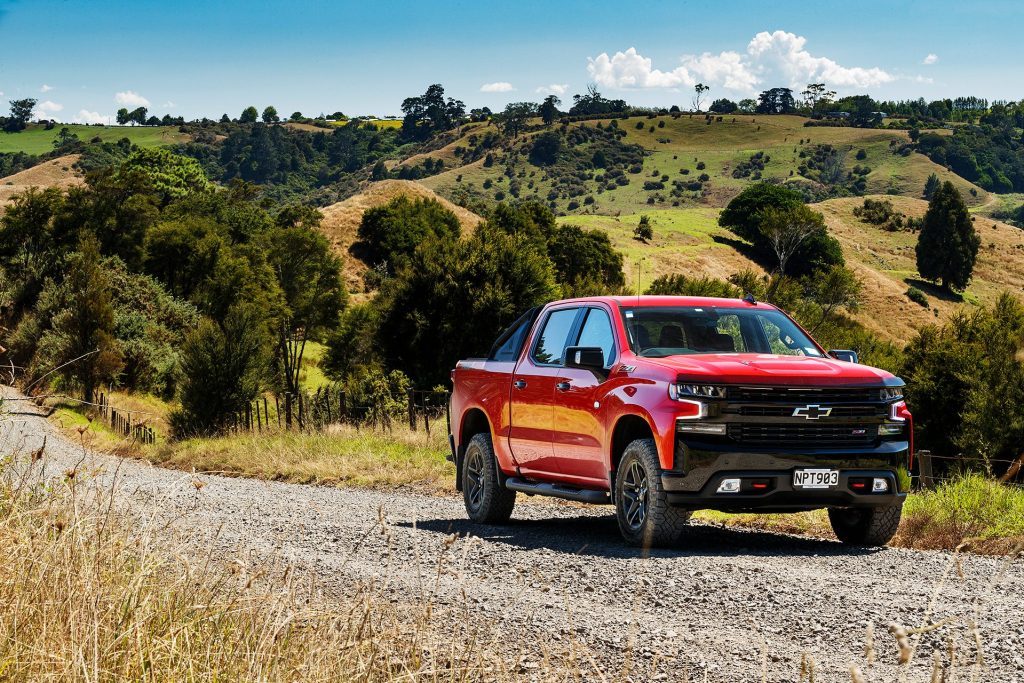
Despite its immense capability, it’s largely impractical for most given its price, running costs and size. That limits its appeal to rural types with a job for its unique attributes. And then there are those that will buy it simply as a Lifestyle Truck.
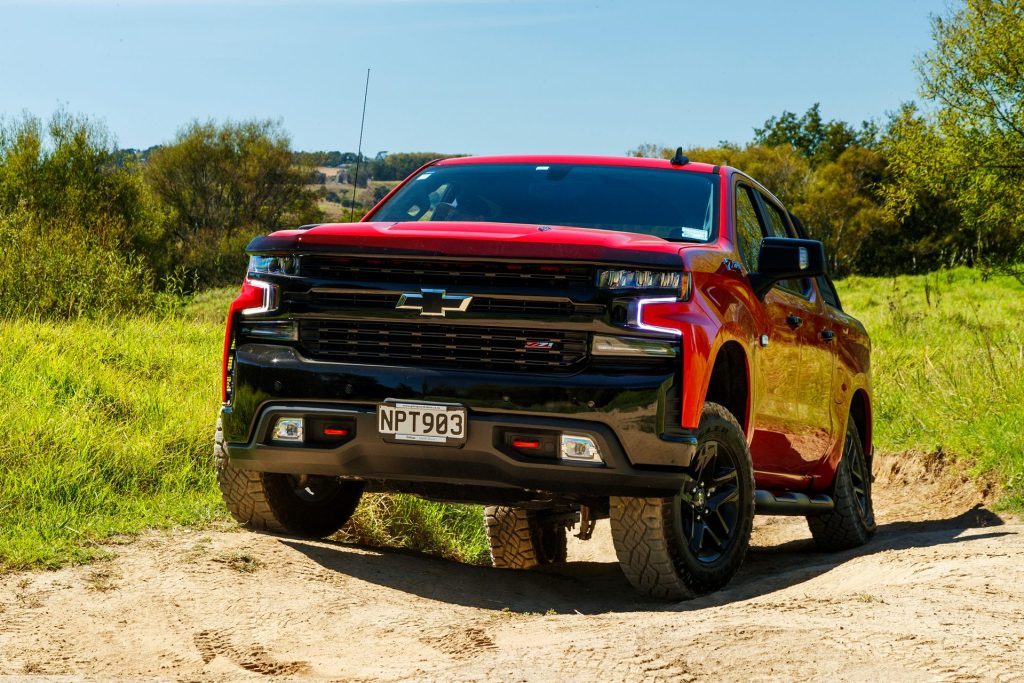
| Model | Chevrolet Silverado 1500 LT Trail Boss |
| Price | $119,990 |
| Clean Car Discount | Fee +$5,175 |
| Engine | 6200cc, V8, EFI |
| Power | 313kW/624Nm |
| Drivetrain | 10-speed auto, switchable 4×4 |
| Fuel Use | 14.7L/100km |
| C02 Output | 342g/km |
| 0-100km/h | 6.90sec |
| Weight | 2469kg (claimed) |


